Photographs
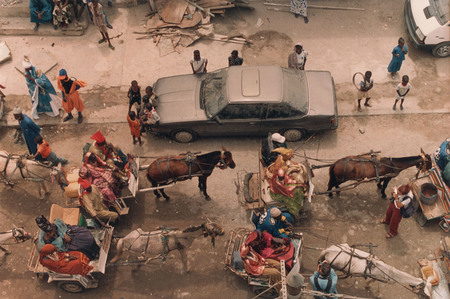
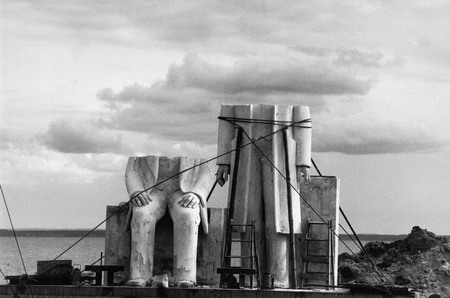
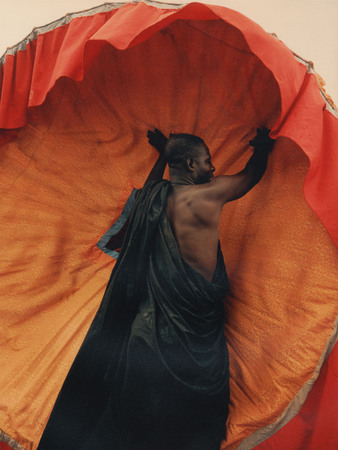

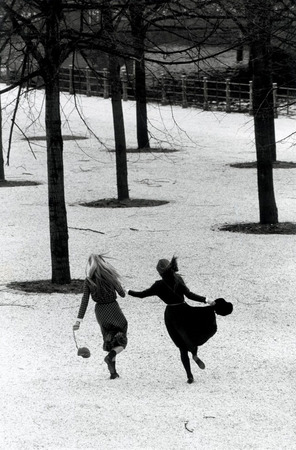
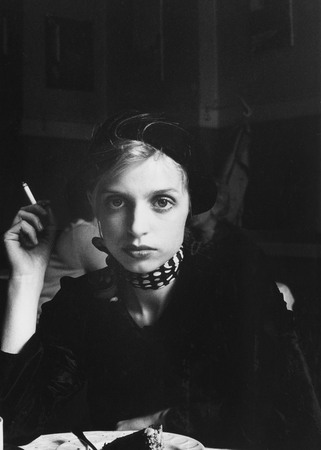
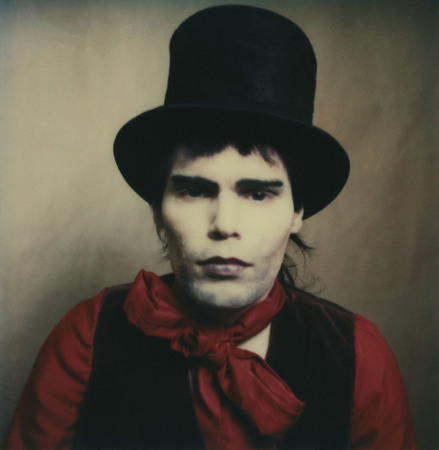

Sibylle Bergemann. Dakar, Senegal. 2001. © by Sibylle Bergemann
Sibylle Bergemann. From the series: “Das Denkmal”. 1986. © by Sibylle Bergemann
Sibylle Bergemann. Kumasi, Ghana. 2000. © by Sibylle Bergemann
Sibylle Bergemann. Marisa and Liane, Sellin. 1981. © by Sibylle Bergemann
Sibylle Bergemann. Annette and Angela, Berlin. 1982. © by Sibylle Bergemann
Sibylle Bergemann. Katharina Thalbach, Berlin. 1974. © by Sibylle Bergemann
Sibylle Bergemann. Thomas. 1997. © by Sibylle Bergemann
Sibylle Bergemann. Lily, Berlin. 1996. © by Sibylle Bergemann
Moscow, 28.03.2009—17.04.2009
exhibition is over
Zourab Tsereteli Gallery of Fine-Arts
19, Prechistenka street (
opening hours: 12:00 - 20:00, Friday 12:00 - 22:00, Sunday 12:00 - 19:00, day off - Monday.
Tel: + 7 (495) 637-25-69
Share with friends
Presented by Institute of International Relations (ifa), Stuttgart, and Goethe Institute in Moscow
Supported by Volkswagen
For the press
It’s the fringes of the world that interest me, not its centre.
The noninterchangeable is my concern.
When there is something in faces
or landscapes that doesn’t quite fit ...."
Sibylle Bergemann
The work of one of the leading contemporary German photographers will be presented in entirety to International audiences with this project. The photographs of Berlin-born Sibylle Bergemann are awe-inspiring for one because of the diversity of their subject matter and second for their astonishing insights and sensitivity. Bergemann commands subjects such as fashion, reportage, photographic essays, urban and rural landscapes as well as portraits in an equally self-assured manner. At first known as a fashion photographer, she fast became noted for her photographic essays and her precise observations of hidden contexts.
After two successful runs of the exhibition at the «Akademie der Künste» in Berlin and the «Museum für Photographie» in Braunschweig, the exhibition will now tour internationally on behalf of the Institute for Foreign Cultural Relations, ifa.
Sibylle Bergemann’s work is often serial, but the photographer has also been focusing on personal themes and photographic notes. From the 1960s onwards, fashion and portrait photography in b/w and color, being partially commissioned by «SIBYLLE» and «Geo» magazines, have become the two main subject matters for Bergemann. Bergemann’s work has to be seen within the social context of her time while recognizing her concern for intermediation. Bergemann’s photographs express a critical analysis of the reality during the times of the GDR as much as they are reflective of the conditions at the time. Having said that, the photographer always understood photography as a medium, which can transfer reality and context into a picture and not as mere depictions of such a reality. Bergemann understands photography rather as a medium through which she can shed light on the correlations of reality while constantly interpreting and commenting the circumstances. Thus, the peculiar details of her photographs become symbols that reflect subtle stories and nuances of their time. They are interpretation as well as statements. Bergemann’s photographs play with the longing of the observer, who appears to be drawn into a thoughtful and melancholic mood filled with eerie, dreamlike states-of-being while looking at her photographs. The complexity found in these photographs creates the unmistakable, personal style of the Berlin-based photographer.
«It seems like the photographer wants to produce something
that is presently absent: sparse notes from proximity,
searching for roots, results of a voyage into dreams.»
Matthias Flügge, 2006
This aspect within Bergemann’s work becomes particularly apparent in the situational and scenic imageries of urban regions and in her work with the medium Polaroid.
Bergemann began focusing on situational and scenic pictures in Berlin at the end of the 1960s and has been working on them ever since in cities such as New York, Paris, Tokyo, and Saõ Paolo.
In addition, Bergemann has exhaustingly worked with the medium Polaroid. Working almost exclusively with b/w photography, Bergemann belongs meanwhile to a group of photographers who use color as a constitutive element in the construction of a meaning, and not as an illustration device.



